Murcia: The City That Never Sleeps
Hi everyone!
One of the best things about living abroad is that it reminds you of what you like (and don't like) about your country and your town. In my case, the four months (and more) I've spent living in Bremen have served to strengthen the absolute love I profess for my town and its marvelous way of life. I have decided to pour all of this love into a series of articles about Murcia, through which I might be able to convince some people to visit or even live there for a while.
Murcia has a population of 440, 000 and is located in the south-east of the Iberian Peninsula, about 50 km from the coast and banks of the river Segura. It is the seventh largest city in Spain based on its population and an important university city; however, it is practically non-existent for international tourists and little known by the rest of Spain, except for its extreme temperatures in the summer and the beaches packed with people from Madrid.
However, Murcia is much more than that. Despite it not being an especially beautiful city (as perhaps Granada is) or especially large (as Valencia might be), life in Murcia is filled with little details which make it marvelous. All the time when speaking to other Spaniards about Murcia, I have been confronted with the awful image the city has, hearing phrases like 'but... is there actually anything in Murcia? '
Once you start to explain and describe the lifestyle, the customs and the way of doing things in Murcia, as well as compare it to other cities and regions (in Spain as much as abroad), you discover that certain things which you take for granted (like enjoying a lager for 50 cents or practicing photosynthesis all year round) can't be found anywhere else. The incomparable mix of Andalusian, Manchego and Levantine elements, combined with the lovely Mediterranean climate, results in a particular way of seeing and experiencing things.
The first thing anyone who visits or lives in Murcia must know is that it is one of the cheapest areas in Spain. While prices in Madrid and Barcelona are similar to those in any other European country, the cost of living in Murcia is somewhat lower. Students' rents are around 150-200 euros, and basic necessities and leisure alike can be covered with a fairly low budget. Moreover, it is an extremely cheerful city, the streets spilling over with life and with a number of events of every variety (town festivals, university events, music festivals, exhibitions, theatre performances, concerts, shows... ). In this article, I am going to focus on what interests a young student most of all: the social life.
Murcia can offer a nightlife (or day-life, according to your taste) which is intense, constant and never disappointing. It doesn't matter if it's a Monday in August, if it's seven o'clock on a Thursday morning in Winter or if it's exam season - you will always be able to find a way to carry on the party. There are different areas and styles of nightlife, which vary a great deal from one to the other and allow anyone to find places and plans to suit their tastes. After publishing this article, I received a comment by the author of an extremely interesting scientific article about the nightlife in Murcia, which you can see here. So So you can see what a night in Murcia has to offer, before you find out for yourself!
The first of these areas is known as 'Las Tascas', and consists of a countless number of dives and bars located in the centre of the city, around the Santa Eulalia area, the city's old Jewish quarter. Between them, we will find everything from rock bars (Contracorriente) to LGBT spots (Temperatura Ambiente), passing reggaeton clubs (Parabarap), pubs (Príncipe de Gales), more indie atmospheres (Bizz'art) or dives with a punky edge (Republika). The list is endless. With very competitive prices, long opening hours (until 4am), a great atmosphere during the weekends, and places open every day of the week, the bars are a vital element to enjoy the nights in Murcia.
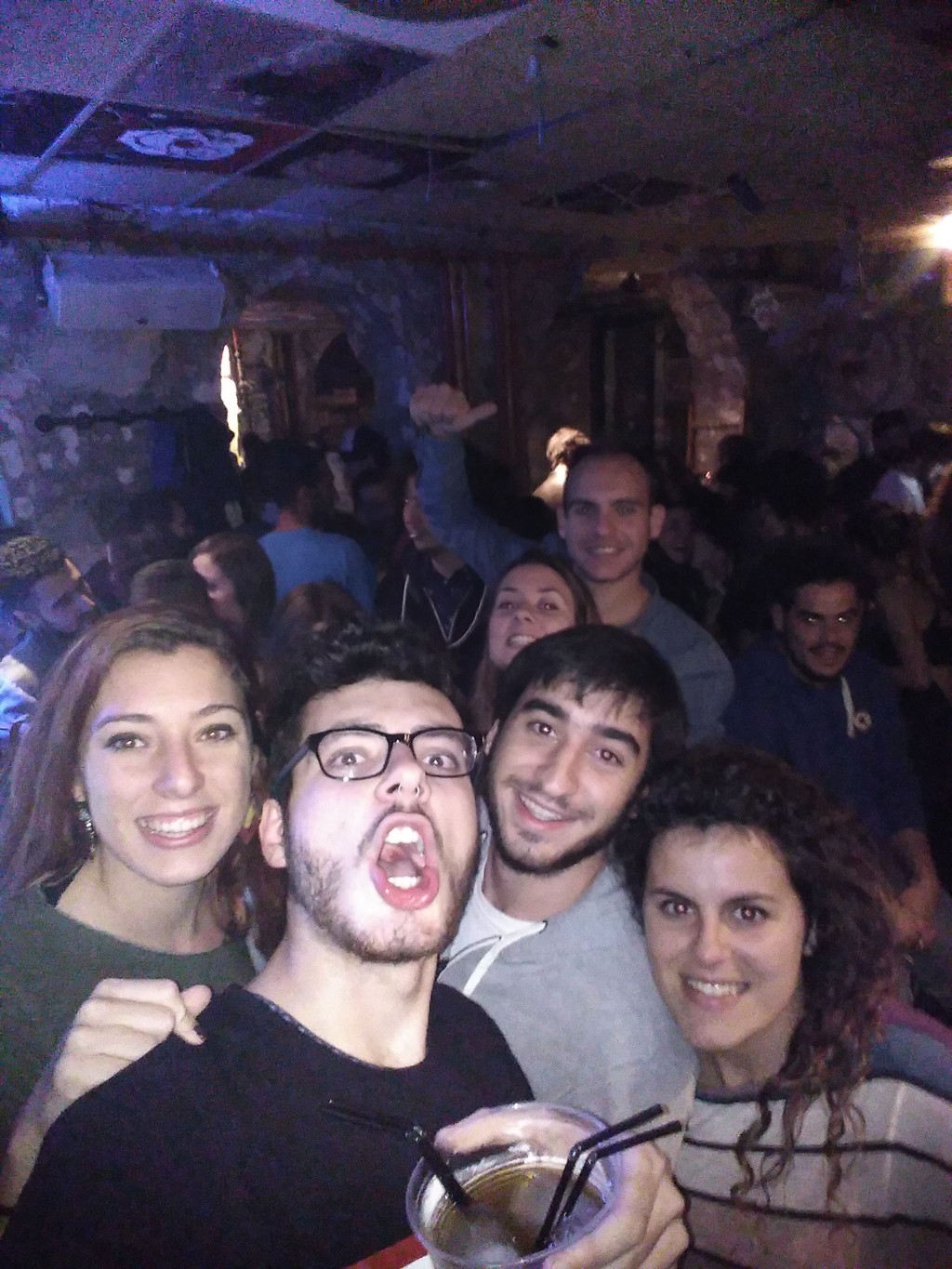
If you'd prefer to take in the fresh air or a bit of sun with a good Estrella de Levante (the local lager) and take advantage of the mild temperatures which occur all year round, you must know that terraces are your place. There are various places selling more traditional tapas and/or lager, like the Plaza de Flores or the 'tóntondromo' (Paseo Alfonso X), where you can enjoy the best tapas, which are authentically Murcian; for example, Marinera (if you don't know what it is, you can see it in the following image) or fries with lemon and pepper. If you're hoping to save a few euros without giving up the beautiful terrace art, the campus surroundings of La Merced, located right in the centre, are filled with cheap terraces, with offers such as 3 quintos (20cl bottles) of Iberos for 1€, or litres of beer for 2. 50€ in the Kiosko. Always filled with students, these terraces will accept you at any hour of the day, for a solo midday aperitif and for endless beers with your friends until well past midnight, turning into your second home.

In this way, a night can start with a few innocent beers on a terrace in the Plaza de la Universidad, followed by a couple of kalimotxos (a red wine and cola cocktail) in Republika, a shot of tequila in Revolver and a couple of great classic songs in Contracorriente, ending up at 4am without knowing why you're still out. The typical 'Mum, they lead me astray! '. But if you really thought that the night would end there, you're wrong. Bars and terraces aren't the only reason to go out in Murcia - so you can keep the party going until the sun comes up
On this note, an important thing to know is the difference between a 'discoteca' and a 'sala'. The former refers to a typical large club, in which you hear commercial, electronic and Latin music, and which one normally needs to pay to get into. There is an area a little bit further out from the centre, called Atalayas, where most of these clubs are based, as well as other, larger clubs for big events in the outskirts of the city and some chilled out spots close to Las Tascas (Boutique or Luminata).
On the other end of the musical spectrum we find the concert halls. Originally designed to host musical events, they are used as clubs for the rest of the time or after concerts. The primary difference is the musical selection: in contrast to twerking and more commercial music, the salas offer a wide variety of musical styles (rock, reggae, indie, rumba, rap, ska... ), creating an authentic, underground alternative scene in the city. The majority of the halls are found in the 'after-hours' area of Mariano Rojas (Garaje, Sala B, 12 y Medio... ). Although they aren't often very full, these halls allow you to carry on the party past daybreak, taken to the extreme by MOSS, whose techno music will let you keep going until midday.
In addition to the Mariano zone, we can also find two other places with a similar atmosphere in the centre: REM and Musik. The latter is located under the brick vaults which support the stands of the Plaza de Toros, forming a series of very curious spaces. It is one of the places offering the most musical variety, since it is divided into different rooms in which you can dance to the rhythms of such varied groups as Los Delinqüentes and the Arctic Monkeys. All of these rooms are open all night, but they reach their peak around 4 or 5 in the morning, after the bars have closed.
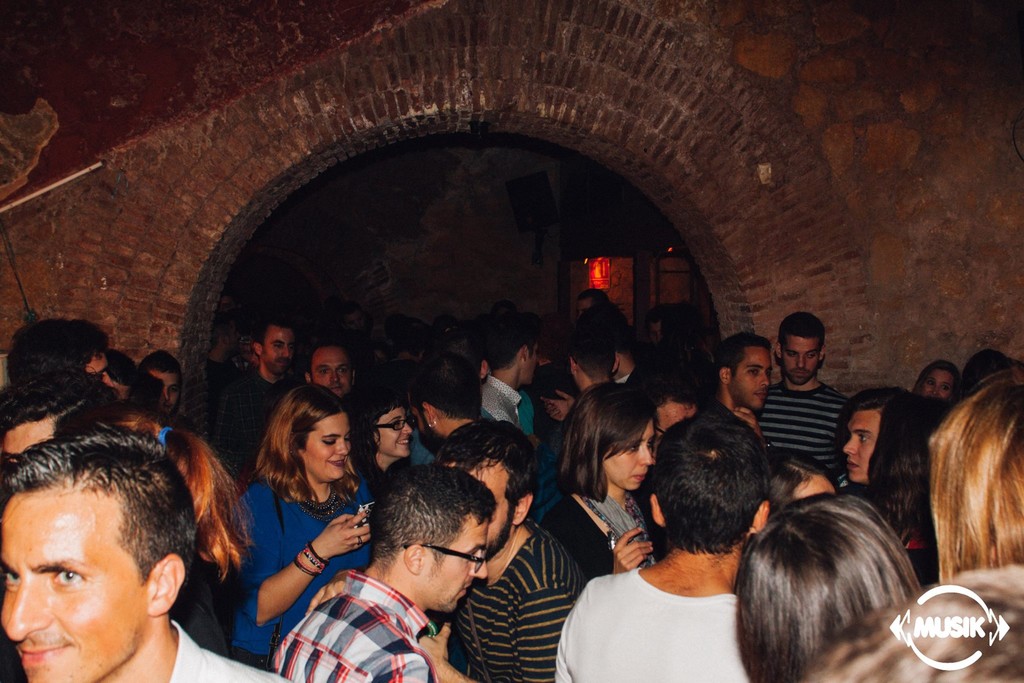
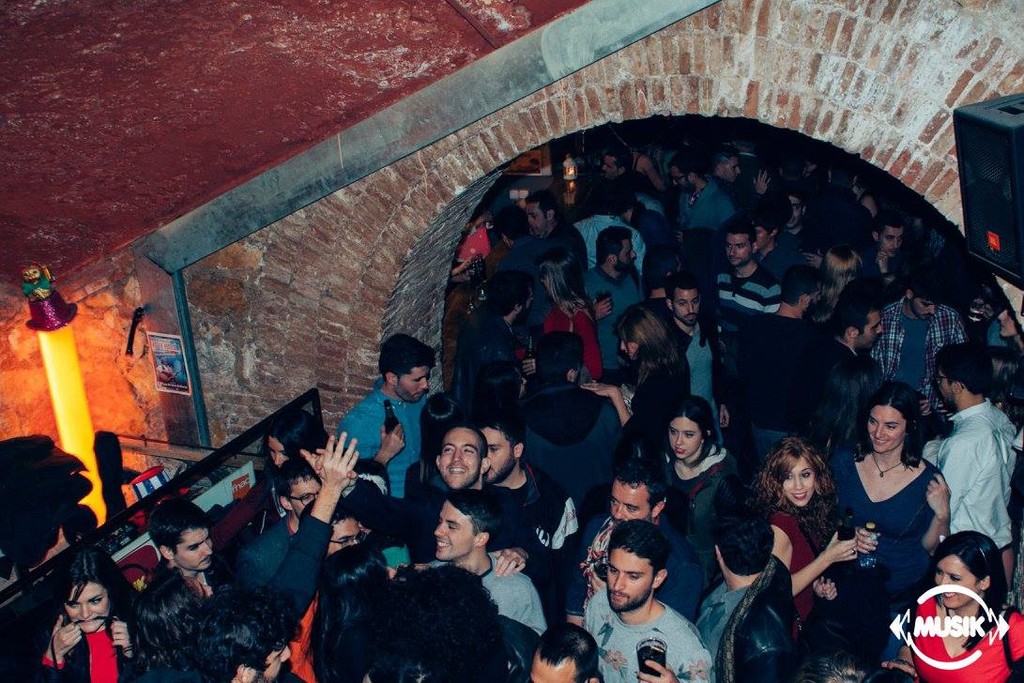
Another notable feature of Murcia's nightlife is that it is not limited to just the weekends. As well as the well-known University Thursdays and Erasmus Wednesdays, bars like Republika or Revolver often have a good atmosphere any day of the week, while REM stays open until 7 in the morning from Tuesday to Sunday.
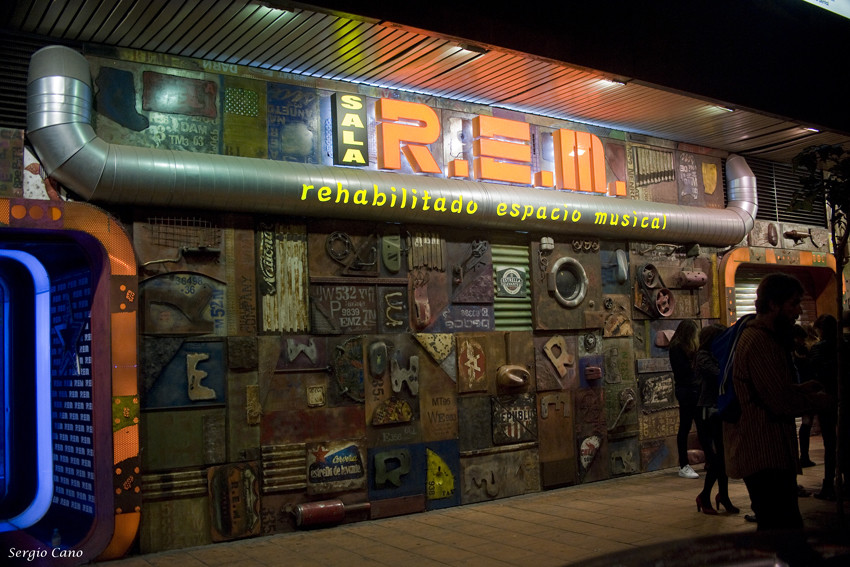
On top of regular city life, the nearly 35, 000 students registered at the University of Murcia and 14, 000 Catholic University of Murcia students, together with the 7, 000 Polytechnic University students in the nearby city of Cartagena, give Murcia a lively university atmosphere. Different events are held over the course of the whole academic year, such as Freshers' at the beginning of the year, the University Thursday parties, and - best of all - the paellas. At some point in the year, each faculty celebrates its patron saint's festivities, which often take up a whole week, but the celebration which stands out most is the Paella party, which has a place in the University of Murcia's fiestódromo. During the busiest parties, this site (located in Espinardo campus) hosts as many as 10, 000 students, who enjoy music and drinks in the fresh air all day long. This is a good example: vídeo, which has the dubious honour of being the biggest Harlem Shake in the world. Although these celebrations are spread out over the year, during the months between the end of the January exams and the Semana Santa holidays there is often one a week.
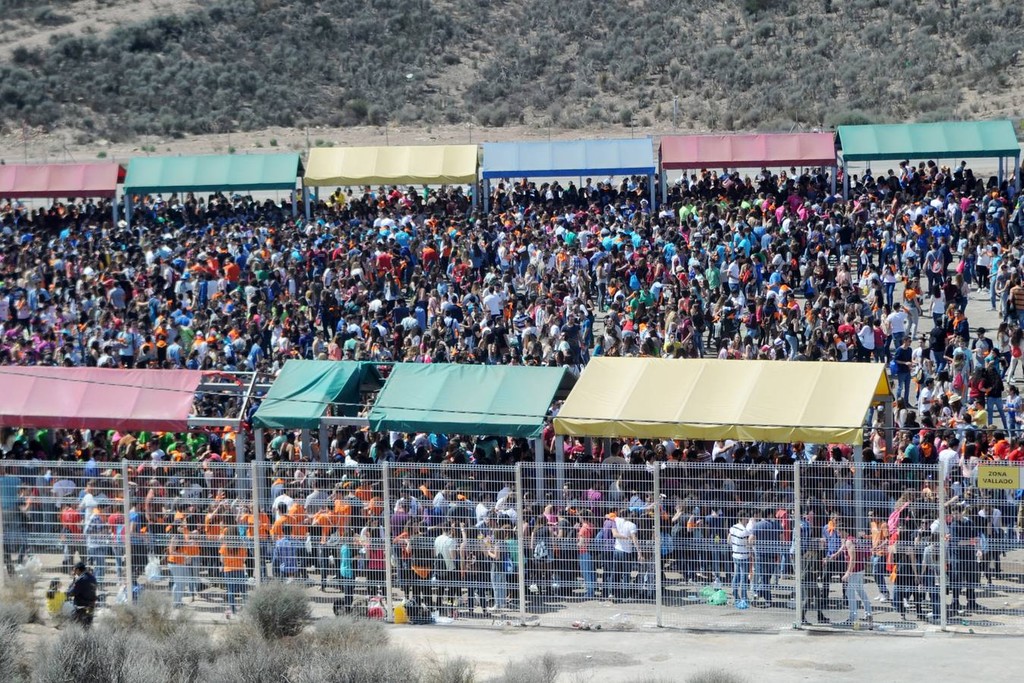
Ultimately, Murcia does not enjoy the reputation as a University break hotspot that Granada, Santiago or Salamanca might have, or the offer of big cities like Madrid or Barcelona. However, what it does have, without a doubt, is a unique, street-based atmosphere, full of people who love to enjoy themselves and have a good time; one which always surprises those who don't know it. So if you're thinking about coming to Murcia and like to enjoy each moment in a very special way, do it.
See you in the bars!
Images courtesy of:
Photo gallery
Content available in other languages
- Español: Murcia: la ciudad que nunca duerme
- Italiano: Murcia: la città che non dorme mai.
- Deutsch: Murcia: Die Stadt, die niemals schläft.
- Português: Múrcia: A cidade que nunca dorme!!
- Français: Murcie: La ville qui ne dort jamais
- Polski: Murcja: miasto, które nigdy nie śpi
Want to have your own Erasmus blog?
If you are experiencing living abroad, you're an avid traveller or want to promote the city where you live... create your own blog and share your adventures!
I want to create my Erasmus blog! →






















Comments (0 comments)